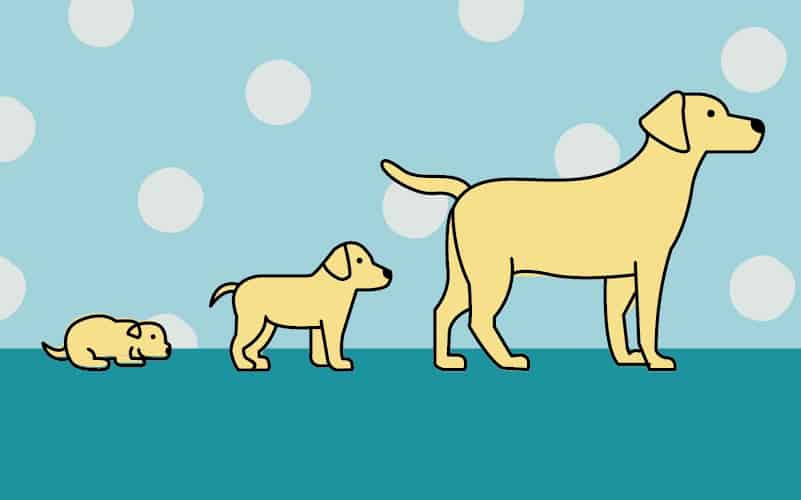The Dog Tale is reader-supported. We may earn a commission if you buy something through our site; this doesn’t change our recommendations.
From the whelping box to old age, your dog undergoes an incredible transformation throughout their life. Each puppy developmental stage marks an important milestone and specific needs you need to be aware of.
Knowing what to do and what to expect at each stage of puppy development can go a long way toward helping your best friend live a long and happy life—and it just might save your sanity along the way!
In this guide:
- The Neonatal Stage: Complete dependence
- The Transitional Stage: Puppy’s first steps
- The Awareness Stage: Discovering the world around them
- The Canine Socialization Stage: Becoming a good dog citizen
- The Human Socialization Stage: Learning about people
- Fear Impact Stage: Healthy and unhealthy fear
- Seniority Classification Stage: The age of cutting strings
- Flight Instinct Stage: The rebellious puppy
- Second Fear Impact Stage: Growing up and building self-confidence
- Maturity Stage: Becoming an adult
- Protect your pet in seconds
- Accident & Illness + Optional Wellness coverage available
- Policies start at just $9.99/mo
The Neonatal Stage: Complete dependence
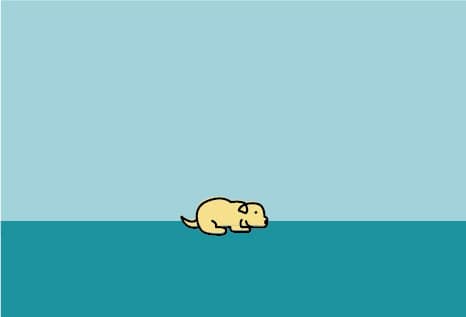
0–12 Days
Developmental milestones
In the early days after birth, newborn puppies are completely dependent upon their mother. Unable to see or hear well, they are helpless and vulnerable. During this period, the puppies’ days consist of eating and sleeping, with minimal interaction with their surroundings.
Research has shown that puppies allowed to struggle a bit in finding their mother’s milk tend to grow up to be more adaptable learners, so it is important to intervene only when needed in these first two weeks of life.
The primary developmental milestone in this phase is simply an ability to seek and find the mothers teat, and a regular eating and sleeping cadence.
What you should be doing
Little direct intervention with the puppies is needed during this phase. Instead, your primary focus during these first weeks will be the mother’s health and nutrition.
Make sure the mother dog always has a supply of fresh, clean water as this is critical to producing the volume of milk required for a litter of hungry puppies.
The overall fat content of the mother’s diet during this demanding time should be at least 17%, and her volume of food intake should increase by approximately 25% per puppy. For example, if the mother normally eats three cups of dog food a day, but is nursing a litter of four, her diet while nursing will need to increase to roughly six cups of dog food a day.
It is often best to free feed the mother a nutrient-dense diet while she is lactating. Make a high-quality dry puppy food available at all times and consider supplementing the mother dog’s daily diet with DIY, bioavailable snacks for additional nutrition.
The quality, nutritional value, and calorie density of the mother’s food are important during this time because she will be utilizing nearly every last calorie to support her new litter of pups.
Having dry food freely available will also serve the secondary benefit of being available to the puppies once they are ready to sample solid foods later on.
The Transitional Stage: Puppy’s first steps
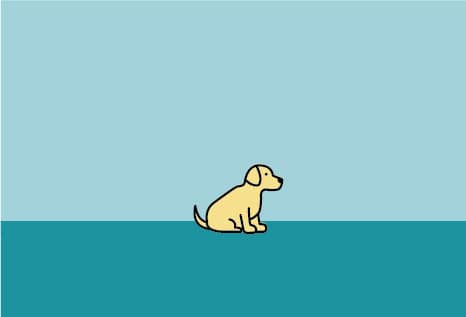
13–20 Days
Developmental milestones
After approximately two weeks, a typical puppy begins to gradually gain use of their senses. Puppy eyes open and begin to see, although very poorly at first. Puppies will also increasingly respond to smell, sound, and taste.
Puppies will begin gaining control over their body functions and be able to eliminate without help from their mother. Body temperature regulation improves as the puppy slowly becomes more active.
Around this time, puppies will begin to walk around the whelping box on unsteady legs, though tumbles and trips will still be the norm. You may even see some tail wagging begin at this stage!
What you should be doing
Regular, gentle handling starting during this period is critical. A brief period of time should be spent each day holding and quietly speaking to each puppy. These early interactions help the puppy gain familiarity with human touch, smell, and voices early in their lives.
The Awareness Stage: Discovering the world around them

21–28 Days
Developmental milestones
During the Awareness Stage a puppy is growing into their new senses and using them to interact with their exciting new world. During this stage, their curiosity will begin to flourish, and each new stimulus will need some careful sniffing, chewing, and all-round puppy investigation.
A puppy’s brain is now sufficiently developed to begin significant learning as they use their newfound senses. They will slowly venture off to investigate new things as they gain better mobility, and you will see the first signs of play with littermates and toys.
What you should be doing
You should gradually introduce the puppies to new textures, surfaces, sights, and sounds during these crucial days, making sure to do this in groups of two, so puppies have a comforting companion to explore with. Provide novel, puppy-safe toys and objects for the puppies to interact with. Mental stimulation will be crucial as they grow through this period, and new experiences are key to that growth.
Keep these new experiences mild, however. Loud noises and abrupt stimuli are not best for this stage of puppy development.
Always keep a very close eye on your puppies during these sessions. Their curiosity far outpaces their good judgment, and they need a lot of guidance to avoid bad decisions.
Stability is equally important to new experiences during the Awareness Stage, and lots of care should be taken to keep the puppies’ environment and daily routine controlled. Don’t move their whelping box, keep the typical window of time away from mom roughly consistent, and avoid introducing too much, too soon.
The Canine Socialization Stage: Becoming a good dog citizen
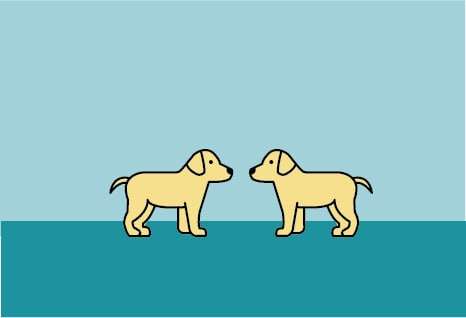
21–49 Days
Developmental milestones
Beginning around the same time as the Awareness Stage, your puppies will also begin moving into a period of intense social learning. The next four weeks are some of the most critical of canine development, and it is during this period that a puppy begins to learn the how of being a dog.
Interacting with littermates and the mother are particularly important in this phase. Through feedback from these interactions, the puppy will learn to play and nip appropriately and without hurting others. They will also learn about pack hierarchy, posturing, fighting, and their prey instinct of chasing.
At this developmental stage, puppies are beginning to distinguish between canine and human friends. They are increasingly aware of themselves and how their behavior impacts interactions with others.
What you should be doing
It is particularly important that a puppy remain with his or her mother and littermates through this period of development. Puppies that are prematurely separated from their litters often find it hard to develop appropriate behaviors later in life and may tend to be overly aggressive.
This phenomenon is especially true with mouthing and bite pressure. Pups will instinctually mouth everything as a way to explore their world, and this includes nipping their littermates and your hands when playing. When pups receive constructive feedback from their mother or siblings (e.g. yelping when a bite goes too far) the incident provides valuable feedback for learning appropriate behavior.
At this point you can place the whelping box into a larger pen with a play area, to allow the puppies to begin learning the difference between sleep and living areas. Puppies will tend to instinctively avoid eliminating in their sleeping space at this stage, so place a pee pad tray in the living space to allow puppies to grow accustomed to a designated potty area.
Be sure alternate foods are available to the puppies during this phase as the mother will begin weaning the puppies at around 4-to-7 weeks. Start with liquid or semi-liquid foods and gradually transition them to solid foods. Be patient, as the weaning process is gradual.
After five weeks, positive training will begin to have an effect. Lavish lots of praise for positive behavior and continue frequent handling of each puppy.
The Human Socialization Stage: Learning about people

7–12 Weeks
Developmental milestones
Puppies should now be completely weaned from their mother’s milk, eating solid foods and gaining independence as young dogs every day.
Each puppy’s intellectual development has matured, and they are learning rapidly. Important social and behavioral habits are forming during this window, and a puppy’s lifelong character is taking shape, all of which make this a particularly important phase of development.
What you should be doing
At this stage, the puppies are nearing the time they’re often adopted into new homes. Brief periods of isolation away from their littermates and mother are important to prepare the puppy for eventual separation.
Now is the time for consistent, gentle teaching and positive reinforcement. Starting with basic commands, puppies can start to learn “sit,” “stay,” and “come” with patient teaching and lots of praise. Keep in mind, your puppy still has a relatively short attention span and training sessions should be brief, frequent, and focused.
Regular housebreaking and/or crate training should begin during this phase and should be consistently taught until pee-pad or outdoor-potty habits are soundly formed.
This period also marks some of the most important times for bonding with humans. An important goal for your pup during this period should be meeting and interacting with as many new humans as possible. Puppies who are properly socialized with many new people during this window will likely struggle less with stranger aggression and fear of new people later in life.
Fear Impact Stage: Healthy and unhealthy fear
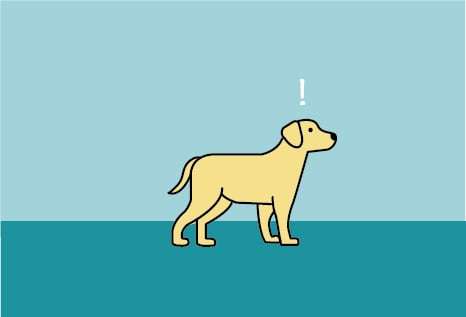
8–11 Weeks
Developmental milestones
A substage within the Human Socialization Stage is the Fear Impact or Fear Imprint Stage. Traumatic or fear-inducing situations that occur during this stage tend to leave an indelible impression on a puppy.
This fear-related puppy development stage is particularly important. Puppies have a higher likelihood of developing an avoidance behavior if they experience significant fear during this period and are more susceptible to developing permanent, negative behaviors if not handled carefully.
>> Read more: What Are The Most Unhealthy Dog Breeds?
What you should be doing
It is important that a puppy continue frequent socialization throughout this time period. However, care should be taken to avoid scary situations.
Something as simple as a trip to the dog park can be traumatic if an encounter with an overly aggressive or hyper dog occurs. Similarly, encountering and being surrounded by too many young children at a playground can end up inducing a fear response that will leave a lasting impression.
Now is a great time to enroll puppies in a basic behavior class where interactions are controlled.
This does not mean, however, that isolating a puppy is desirable. Instead, try introducing new people and dogs of all ages a bit more slowly and in smaller numbers. Try visiting the dog park at off-peak times and hold your puppy if surrounded by children, so you may control the number of interactions occurring at once.
Keep all interactions gentle, your voice calm, and maintain as much consistency in training as possible.
Seniority Classification Stage: The age of cutting strings
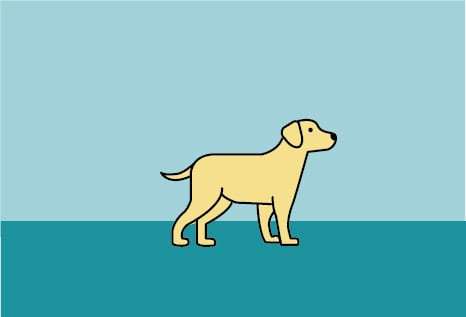
10–16 Weeks
Developmental milestones
By now, a puppy is typically in its new home and the Seniority Classification Stage has begun. During this time, the puppy learns where it fits into its new pack.
Dominance and testing leadership is a common theme throughout this stage and puppies may begin to push back a bit more aggressively as they mature.
What you should be doing
Consistency is key to this period. Lots of positive reinforcement will be needed to effectively communicate how a puppy needs to behave.
Bad behavior, especially aggressive nipping and mouthing, needs to be addressed with extreme consistency. As long as you provide strong leadership and the puppy understands that they are not the dominant member of the pack, this stage will generally pass smoothly.
Flight Instinct Stage: The rebellious puppy
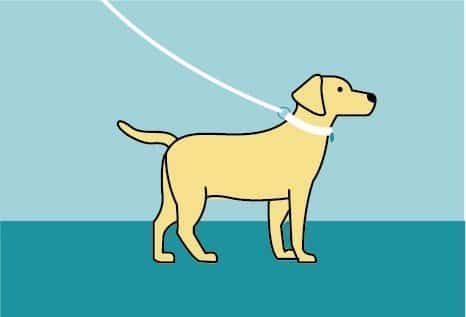
4-8 Months
Developmental milestones
Puppies begin to spread their wings a bit during this period of life. This stage may last anywhere from days to weeks and can be marked by stubbornness, poor recall, and heavy chewing.
It may seem that your pup has forgotten everything learned up to this point, and at times he or she may seem like a completely different dog.
What you should be doing
Prevention is the best medicine for this stage. Dogs who have been properly socialized have an advantage during the Flight Instinct Stage, often helping them through the period more quickly.
Plan on keeping puppies on a short leash during this period, even if their previous recall was reliable. Provide lots of chew toys to keep them occupied and to help with their now emerging adult teeth.
Resist the urge to raise your voice, chase your dog, or display anger. Keep your voice calm when being tested and keep your positive rewards consistent.
Regular exercise during this period is helpful in channeling extra energy. A tired pup is a well-behaved pup, so while the unpredictable behavior during this adolescent period may be frustrating, don’t reduce time outside or walks as a result.
Second Fear Impact Stage: Growing up and building self-confidence

6–14 Months
Developmental milestones
As a pup enters the early stages of physical and sexual maturity, they often undergo a second period of increased fear reactions, aggression, and avoidance behavior.
This period is often accompanied by final growth spurts, sexual acting out, and growth of the adult coat. Neutering and spaying is usually performed during this timeframe.
Your dog is filling out a bit more each day, growing into their body and their personality. New situations may be scary and bring on unwanted behavior, but don’t lose hope; these reactions do not have to be permanent.
>> Read more: Why Adopting a Pet Is Better Than Buying
What you should be doing
You’ve worked so hard to teach your puppy the ways of the world and at times this stage can feel regressive. Don’t fret, though. All that training and hard work is not going to waste.
The most important thing you can do for your dog during this period is to simply be there as a patient support system. They are maturing physically, mentally, and sexually, and with all that change comes a lot of energy and emotion.
When your dog does show signs of fear or aggression, be careful not to over-correct. Give your pup a little extra space until they have calmed down and don’t force them to stay in the stressful situation.
When you’ve identified their triggers (large groups of people, children, loud noises, etc.) try to limit their exposure to those situations. Work your way up to facing their fears very slowly and gradually—too much too soon may imprint a permanent fear of the trigger, which will be very difficult to shed later in life.
As with many of the other key developmental stages in a dog’s life, patience is key. Give your pup lots of love and positive reinforcement through this stage, and with your help, they will fare well.
>> Read more: Best Wet Dog Food for Senior Dogs
Maturity Stage: Becoming an adult
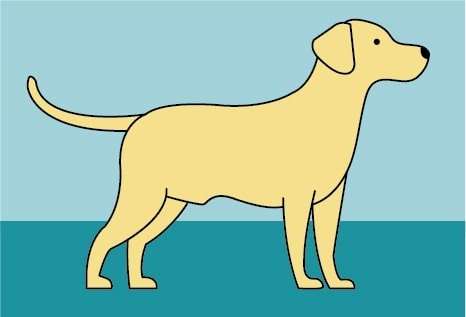
1.5 Years and on
Developmental milestones
While every breed and every dog reaches complete physical and mental maturity at different ages, once your dog has reached the age of 18 months, they are typically at or nearing maturity. However, this doesn’t mean they won’t still possess some of their adolescent playfulness.
Some smaller breeds will reach this stage faster, while others (Boxers, for example) often experience an extended adolescent period into year two and beyond.
Your dog has found their place in the pecking order by now, though challenges to the hierarchy may still occur. In most cases, puppies will begin settling into a more steady energy level, though puppy enthusiasm will continue to surface at times.
What you should be doing
You’ve done it. You survived the wonderful, crazy, sometimes stressful puppy phase and your dog is well on their way to adulthood.
Though they have learned a lot about good behavior and getting along, now is not the time to slack off in your instruction. Continue regular, positive reinforcement of good behavior and frequent social time, such as the dog park or dog obedience classes.
Some dogs will challenge leadership during this phase and need a strong, consistent parent to guide them with patience. If issues recur frequently, try to eliminate the circumstances in which they occur or change your dog’s routine to favor your authority.
Keep a close eye on their diet as they enter their adult years, and fight the urge to overfeed. Obesity is a significant issue for many adult dogs and they must rely on you to prevent that from becoming a reality. Focus on good quality food and regular exercise to keep your pup in top condition.
Mental health is also a key concern during this phase. After the novelty of having a puppy has worn off, many dogs are left out of their family’s day-to-day routines.
Remember to provide lots of attention and mental stimulation for your pup throughout all stages of their life. Alter your walking route, try a new dog park, or invest in some challenging puzzle toys to keep your dog’s mind engaged. A bored dog is an unhappy, misbehaved dog, so it is important to keep their sense of adventure alive.
>> Read more: Best Soft Dog Food For Senior Dogs
Let's bark a little
Get our latest updates and articles right in your email.
We won't bark too much. Promise.
What Is a Healthy Dog Skin pH Level and Why Does it Matter?
How to Make Your Own Homemade Dog Eye Wipes

